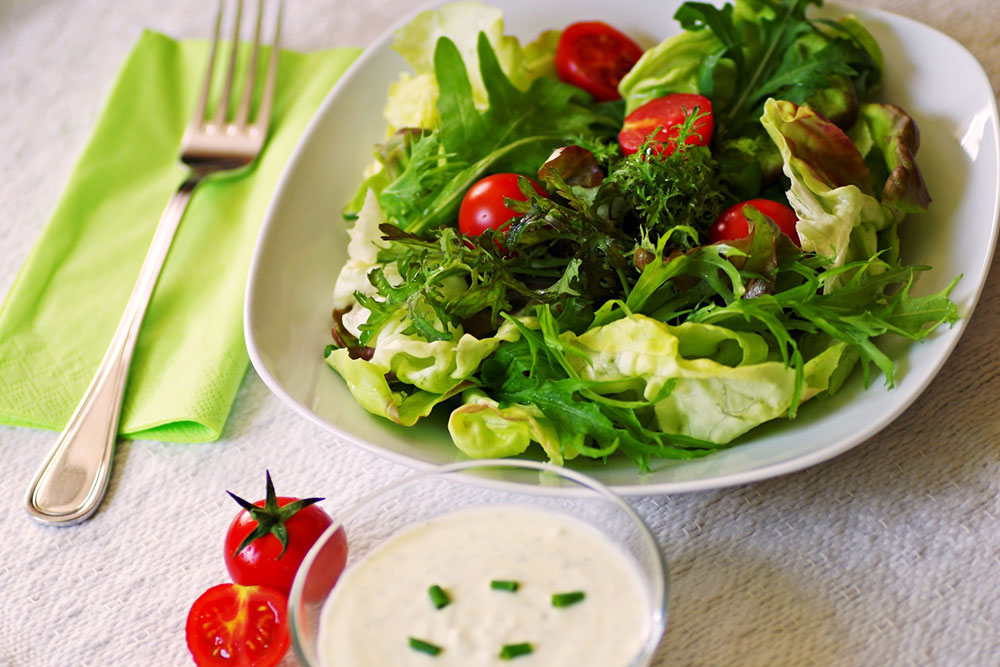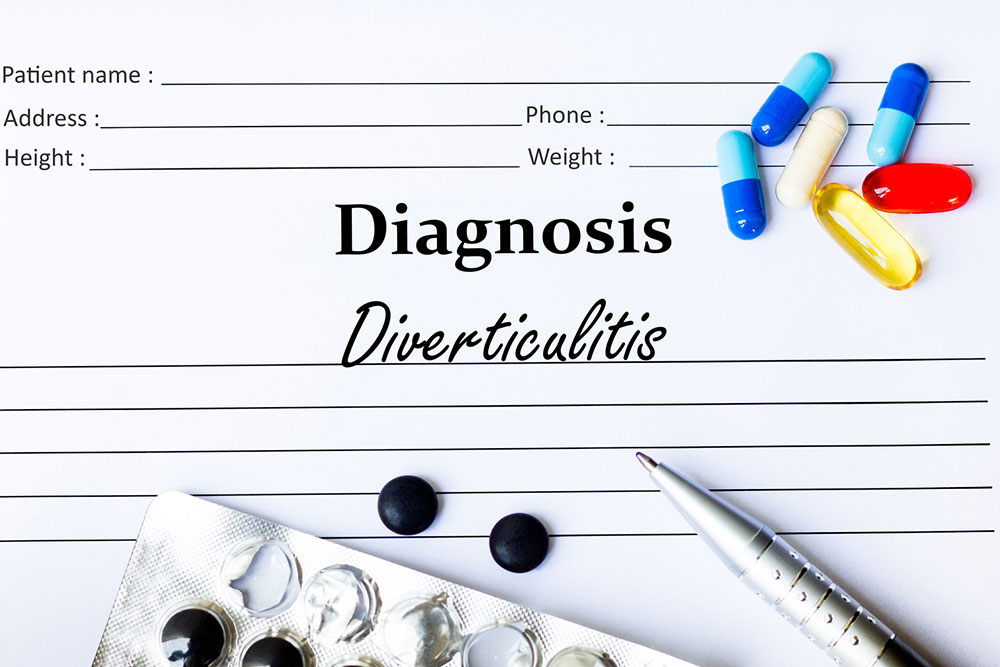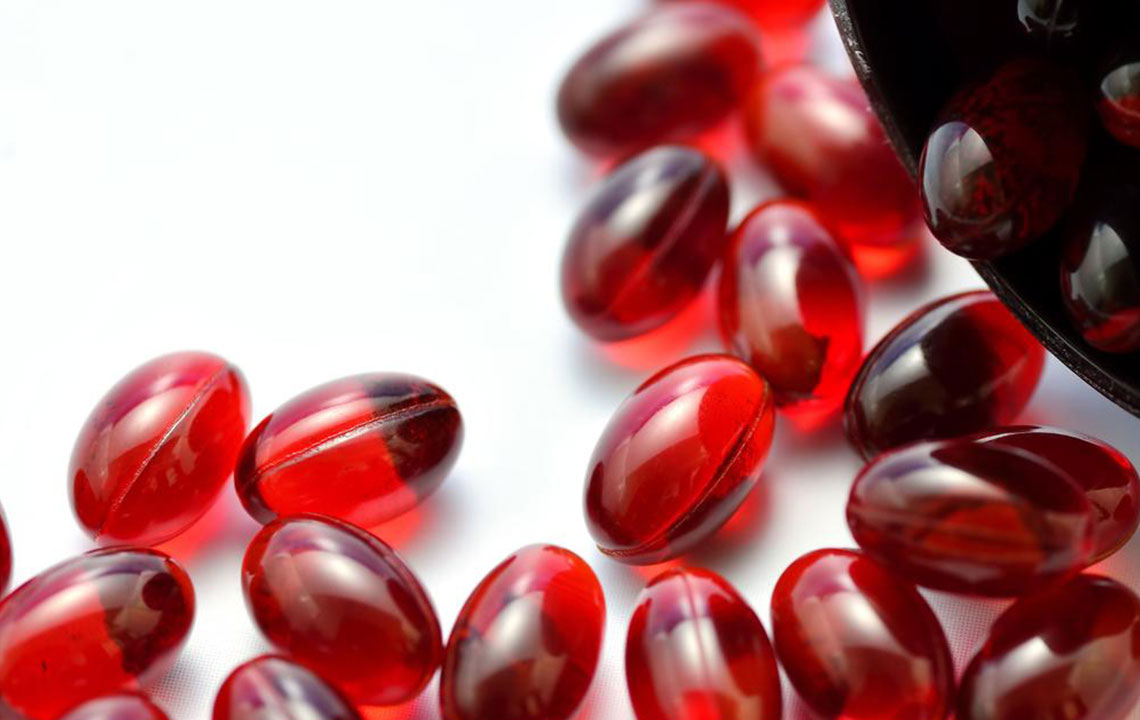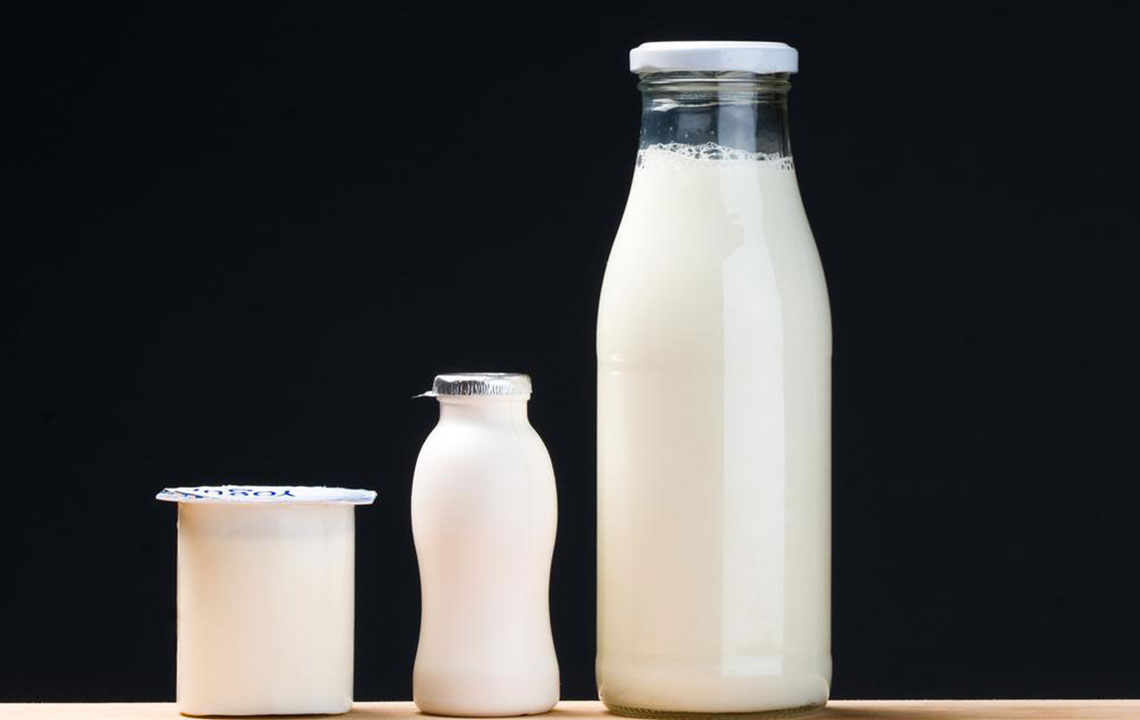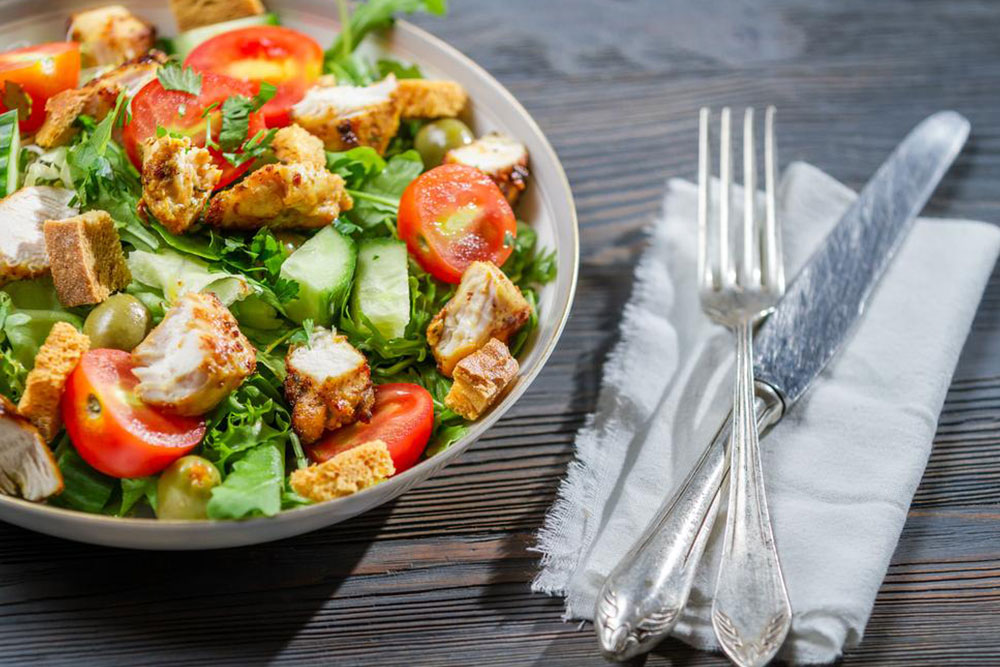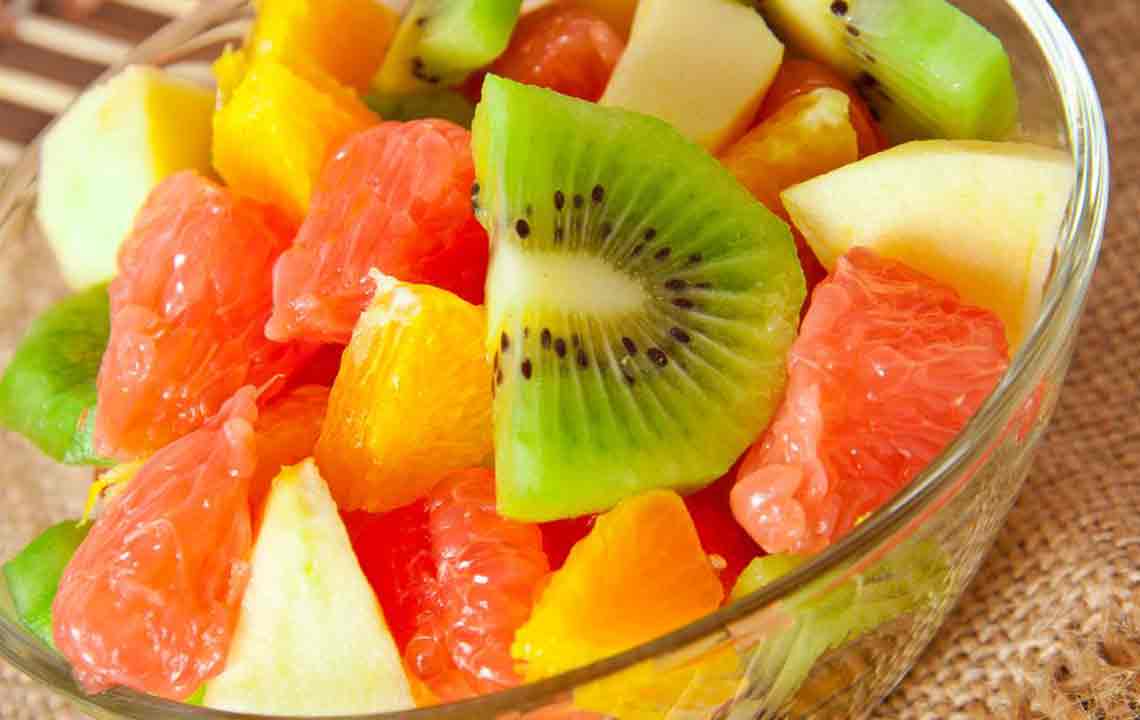Understanding Diverticulitis: Causes, Symptoms, and Dietary Strategies
Discover essential insights about diverticulitis, including causes, symptoms, and effective dietary strategies. Learn how proper nutrition and lifestyle changes can aid recovery, prevent flare-ups, and promote overall digestive health. This comprehensive guide emphasizes the importance of early diagnosis and tailored diet plans to manage this common intestinal condition effectively.
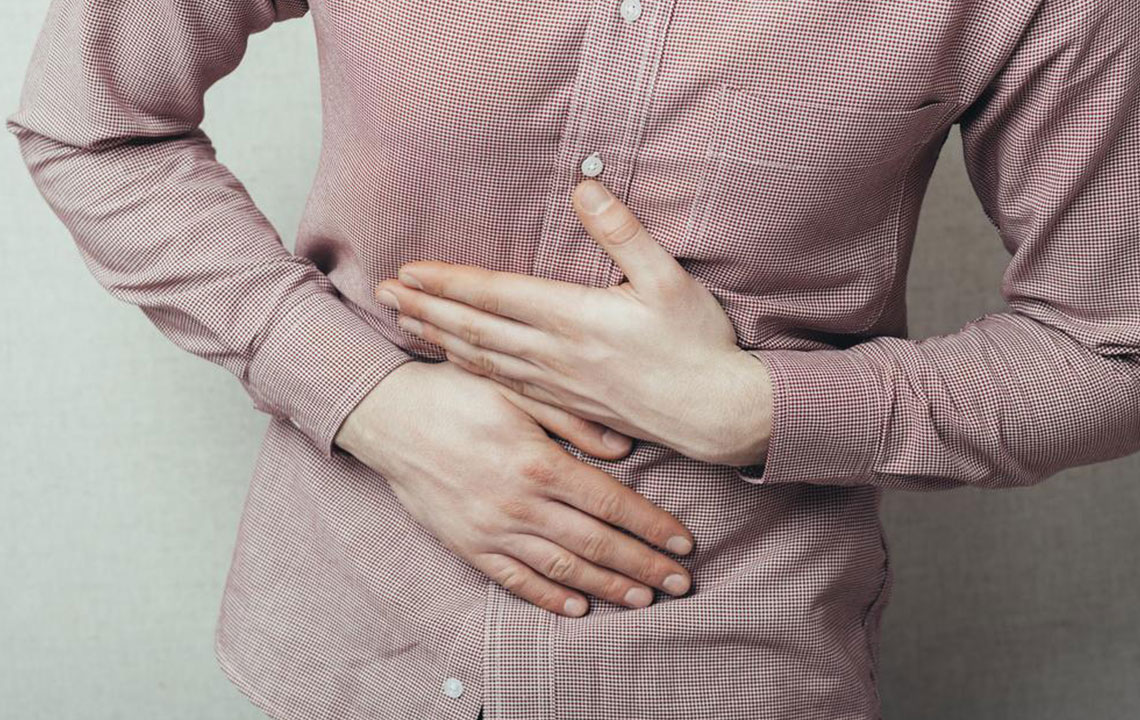
Understanding Diverticulitis: Causes, Symptoms, and Dietary Guidance
Diverticulitis is an inflammatory condition affecting the intestines, marked by the formation of small pouches known as diverticula along the intestinal walls. This condition can lead to severe complications, including abscesses, infections, or bowel perforation, sometimes requiring surgical intervention.
Signs and Symptoms
Left-sided abdominal cramps are common indicators of diverticulitis, often alleviated by bowel movements or passing gas. Bright red blood in stool, persistent pain, bloating, nausea, and changes in bowel habits like diarrhea or constipation are also typical symptoms.
Delay in treatment can escalate to complications such as bowel obstruction, making early diagnosis essential. In severe cases, surgery might be necessary to address abscesses or bleeding, and blood transfusions may be required in cases of significant bleeding.
Causes and Risk Factors
Unhealthy dietary habits, obesity, sedentary lifestyles, and smoking increase susceptibility to diverticulitis. A diet low in fiber can contribute to the development of diverticula and subsequent inflammation.
Dietary Recommendations for Diverticulitis
Initial treatment often involves antibiotics to control infection, followed by dietary modifications to promote healing and prevent future episodes. Adopting the right diet reduces strain on the digestive system and aids recovery.
Liquid Diet When symptoms appear, switching to clear liquids such as water, broths, tea, coffee (without milk or cream), clear soups, fruit juices without pulp, and popsicles is advised. It's essential to stay adequately hydrated; however, prolonged liquid diets beyond a few days may cause weakness and require nutritional supplements.
Low-Fiber Diet As symptoms improve, transitioning to a low-fiber diet with foods like cooked or canned fruits (without skin/seeds), lean meats, eggs, white rice, pasta, low-fat dairy, and refined cereals helps reduce bowel volume and facilitates healing. Fiber intake should initially remain below 10 grams daily, gradually increasing as symptoms subside.
High-Fiber Diet (Post-Recovery) Once fully recovered, increasing dietary fiber—aiming for 25-35 grams daily—in whole grains, fruits, vegetables, beans, and legumes supports colon health, prevents diverticula formation, and ensures regular bowel movements. Fiber-rich foods add bulk, easing stool passage and reducing pressure on the colon.
Nuts, Seeds, and Fermented Foods Seeds and nuts are excellent fiber sources, contributing to digestive health and reducing diverticulitis risks. Including cucumber, pumpkin, sunflower, zucchini, tomato, and strawberry seeds can be beneficial. Fermented foods like yogurt, kefir, sauerkraut, kimchi, and miso deliver probiotics, which support intestinal health and may lessen symptoms.
Vitamin D Studies suggest low vitamin D levels are linked to higher diverticulitis risk. Sun exposure and supplementation can help maintain optimal levels, supporting overall digestive health and reducing inflammation.
Maintaining adequate hydration and a balanced diet tailored to each stage of recovery promote healthy bowel movements and prevent future episodes. A healthy gut is essential for overall well-being.
Note:
Our blog offers diverse health topics, providing practical insights based on research. While informative, these articles are not definitive medical advice. Please consult healthcare professionals for personalized treatment options. We cannot guarantee the accuracy of all information across platforms and acknowledge that some promotional schemes may be missing.

